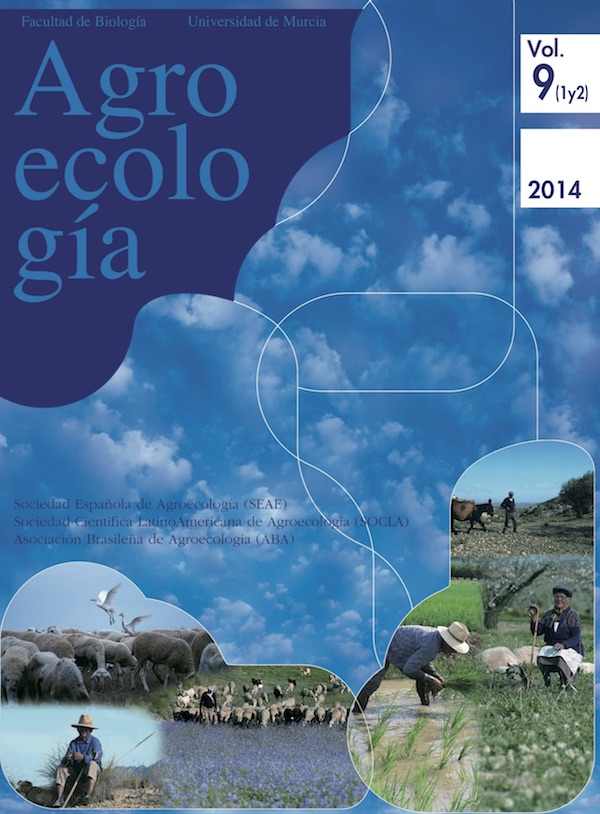Evaluation of the sustainability in the maize agroecosystem in the region of Huamantla, Tlaxcala, Mexico
Abstract
In this study, the sustainability of the maize agro ecosystem in the Huamantla Valley, Tlaxcala, Mexico was being evaluated. The goal was to determine the state of the sustainability and the factors that influence its behavior. The study focuses on the agro-ecological sustainability and compares the two dominant farming systems in the area: the traditional (SPTrad) and the transitional to agro-industry (SPTAgroind). 18 indicators were analyzed and the Framework for Evaluation of Systems of Natural Resource Management Incorporating Sustainability Indicators (MESMIS) was applied. In order to calculate the size of the sample, 1,350 producers were considered, 86% of which, were classified as SPTrad and the rest as SPTAgroind;We calculated in a sample size n=90.The results showed some similarities between the two groups because of their peasant origin. However, the tendency of the SPTAgroind producers to employ some agro-industrial practices, explains also the existing differences. It was concluded that SPTrad is more sustainable farming system because of the following reasons: higher harvested biomass production compared to the amount of fossil energy used, the use and transmission of traditional practices, the ethics in the management of natural resources, the adaptation to governmental agricultural policies and the food security levels, all of which affect positively the sustainability of the traditional agro ecosystem.Downloads
Las obras que se publican en esta revista están sujetas a los siguientes términos:
1. El Servicio de Publicaciones de la Universidad de Murcia (la editorial) conserva los derechos patrimoniales (copyright) de las obras publicadas, y favorece y permite la reutilización de las mismas bajo la licencia de uso indicada en el punto 2.
2. Las obras se publican en la edición electrónica de la revista bajo una licencia Creative Commons Reconocimiento-NoComercial-SinObraDerivada 3.0 España (texto legal). Se pueden copiar, usar, difundir, transmitir y exponer públicamente, siempre que: i) se cite la autoría y la fuente original de su publicación (revista, editorial y URL de la obra); ii) no se usen para fines comerciales; iii) se mencione la existencia y especificaciones de esta licencia de uso.
3. Condiciones de auto-archivo. Se permite y se anima a los autores a difundir electrónicamente las versiones pre-print (versión antes de ser evaluada) y/o post-print (versión evaluada y aceptada para su publicación) de sus obras antes de su publicación, ya que favorece su circulación y difusión más temprana y con ello un posible aumento en su citación y alcance entre la comunidad académica. Color RoMEO: verde.





